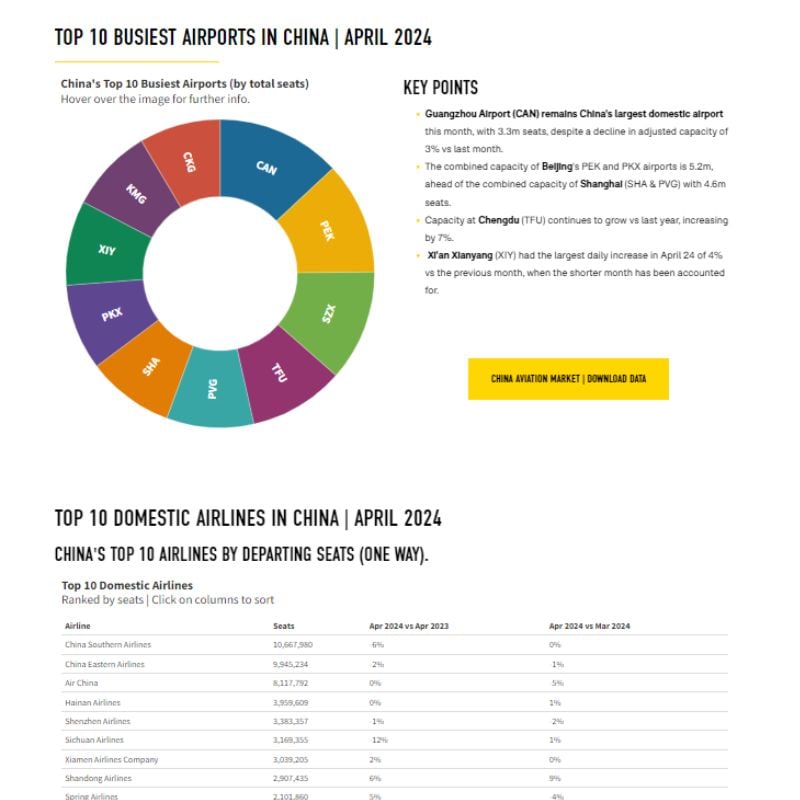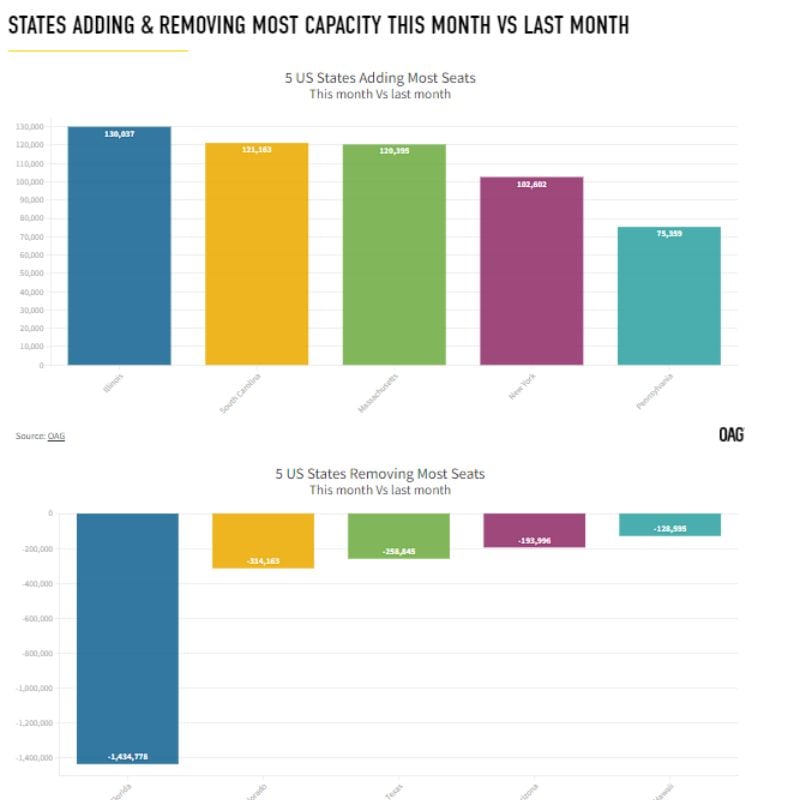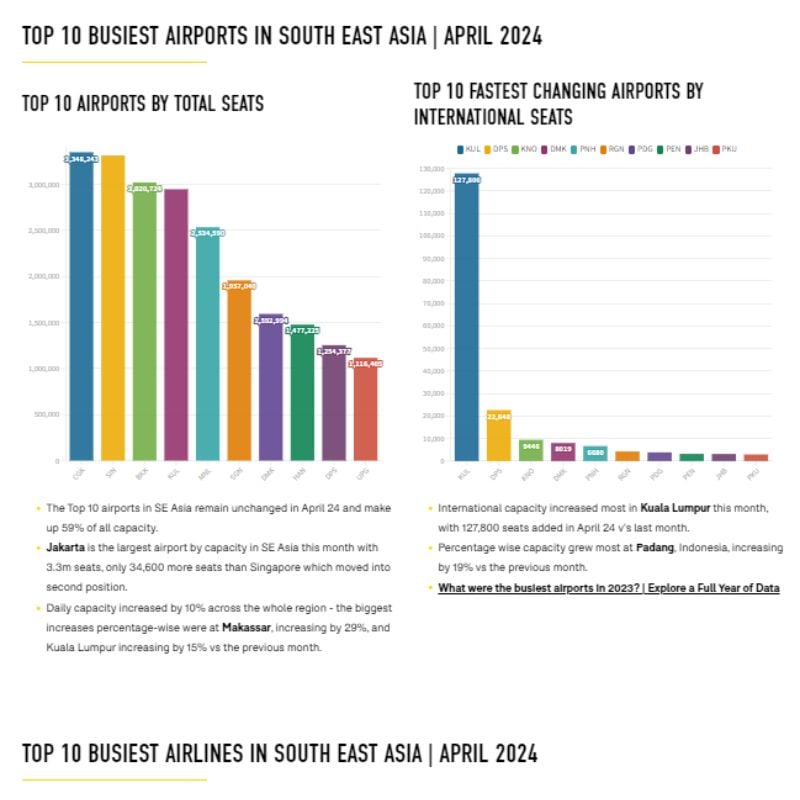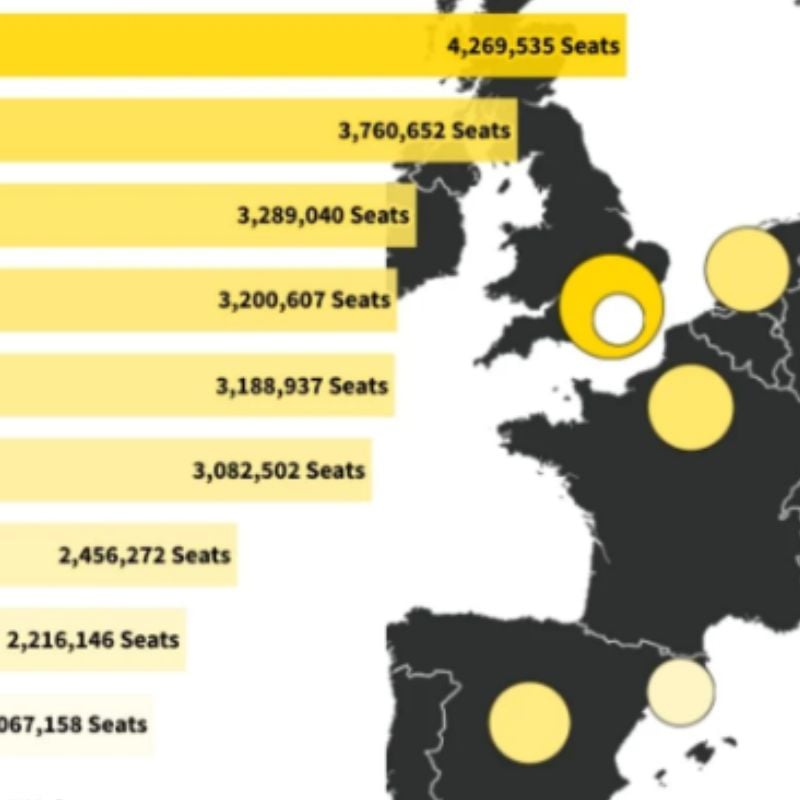AIRPORT CODES
Access our directory of airport code data
Find out more about international airport codes and their origins
What Are Airport Codes?
Every airport in the world has its own unique 3 letter code, used everywhere from booking sites and boarding passes to departure boards. But why do we use them, and where did each airport code come from?
The emergence of airport codes as we know them today can be traced back to the 1930s. During the early years of air travel, pilots in the United States used a 2 letter system set by the National Weather System in order to identify cities. However, as the number of airports grew, this was no longer feasible, and a more accurate identification system was required. As a result, the International Air Transport Association (IATA) developed the 3 letter airport code system.
How Are Airport Code Names Determined?
According to the IATA, there are over 17,000 possible code combinations, with approximately 11,300 codes currently assigned - and approximately 40-50 codes assigned annually. So, how is a 3 letter code chosen for an airport?
Code names are determined using one, or a combination of the following approaches:
Location Name
The most common way of choosing a code for an airport is by using the first three letters of the location in which it is based - such as ATL for Atlanta, DUB for Dublin, and IST for Istanbul.
If the first three letters have already been used for another airport's code, then an abbreviation can be used, such as HKG for Hong Kong or SFO for San Francisco.
If an airport is on the border of two cities/areas, they can use each one to assign its code - such as LBA for Leeds Bradford Airport.
Filler Letters
Many airports around the world decided to take the approach of using filler letters for their code.
For example, Los Angeles initially used the code LA. When the 3 letter code requirement was introduced, they simply added an 'X' at the end, and it became LAX as we know it today. When the DUB code was taken by Dublin, Dubai also opted to use an 'X' as a filler and became DXB.
Airport Name
Alternatively, the code can be assigned by using the airport name itself - an approach often used when a city has multiple airports.
In these instances, the airport has often been named after a prominent historical figure. Examples include JFK for John F Kennedy International Airport and CDG for Charles de Gaulle Airport in New York and Paris respectively.
Notable Exceptions
There are a few exceptions to the previous approaches of selecting an airport code.
Canadian airport codes, for example, all begin with the letter Y, US commercial airport codes cannot begin with the letter N, and an unfortunate Spanish language translation meant that Malaga had to rethink its 3 letter code...
Airport Codes and OAG's Master Data
Airport codes serve as a global shorthand understood by systems all over the world; providing a common language to streamline travel. OAG’s Master Data provides a database that deciphers the meaning behind each code into detailed columns of information. For example, most people will see the code LGW, but OAG’s Master Data breaks it down into:
- Country,
- Airport name,
- Time division,
- Latitude,
- Longitude,
- State,
- And more…
Even the slightest alteration can ripple through and compromise the accuracy of flight-related data. Such changes can impact search and booking volumes, affect connections, and hinder the smooth running of the growing network of code-share partnerships and alliances in the aviation sector. Find out more about OAG's Master Data here.
AIRPORT CODES LIST
Browse our glossary of airport codes below. Sort your airport codes in alphabetical order by clicking on the heading of the airport code column.
FREQUENTLY ASKED QUESTIONS
How many airport codes are there?
According to IATA, there are over 17,000 possible code combinations and currently approximately 11,300 codes are assigned.
Are all airport codes 3 letters?
It depends on the type of code - IATA codes are 3 letters, ICAO codes are 4 letters.
What are the differences between ICAO and IATA codes?
IATA (3 letter) location codes are primarily used for commercial airline purposes, such as scheduling, ticketing and baggage handling, and are issued at the request of an airline(s).
ICAO (4 letter) location codes are primarily used for flight operations purposes by air traffic control.
Does every airport have an airport code?
Every airport in the world is assigned a 3 letter code from the International Air Transport Association (IATA) and a 4 letter code from International Civil Aviation Organization (ICAO).
MORE RESOURCES FROM OAG

China Aviation market Data
The busiest airports, largest airlines, biggest cities for airline capacity and more
View Data
US Aviation Market Data
This month's leading airlines, airports, states and more from the US market.
View Data
South East Asian Aviation Market Data
SE Asia's biggest country markets, airports, airlines and more are updated each month.
View Data


Aviation Market Analysis
Analysis of the latest data and developments in the aviation world.
Read Now
